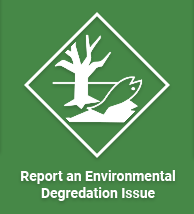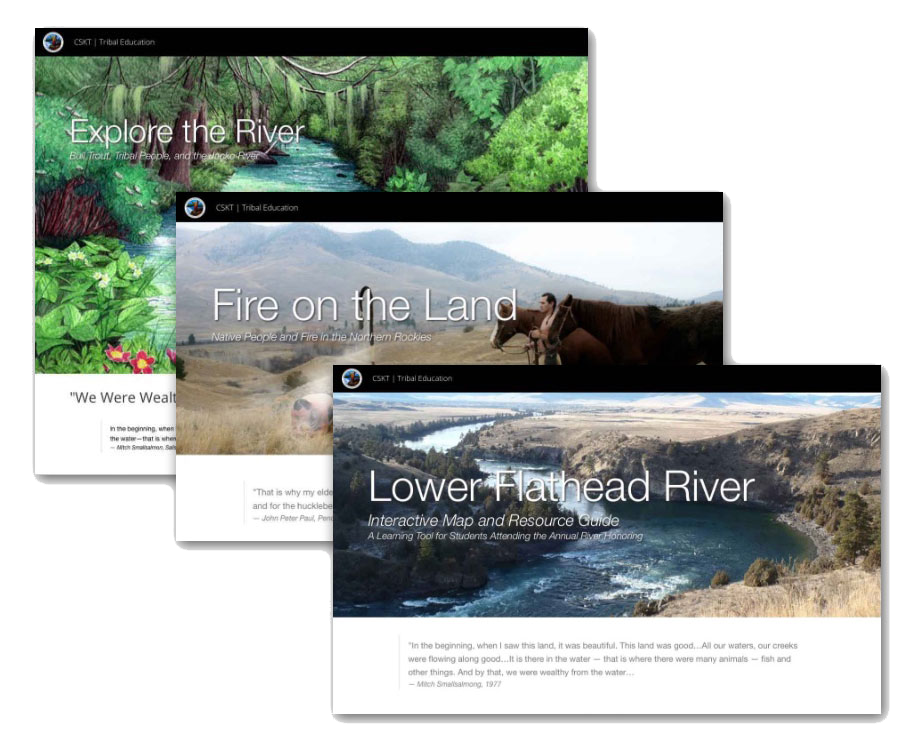CHRONIC WASTING DISEASE MANAGEMENT CHRONIC WASTING DISEASE MANAGEMENT
Chronic Wasting Disease, or CWD, was discovered in Montana in 2017. In 2018, FWP detected 26 new cases of CWD among wild deer, including 21 cases along the northern border in every county from Liberty County east to the North Dakota border, and five cases within the CWD-positive area south of Billings.
In the spring of 2019, CWD was found in Libby. Special hunting regulations will be coming early fall.In 2019, Montana Fish, Wildlife and Parks is consolidating “CWD positive areas” and “Transport Restriction Zones” into the single moniker “CWD Management Zones.” The southern portion of FWP Region 7 will be included in the southern CWD Management Zone in anticipation of finding CWD positive deer in that area. CWD surveillance/monitoring during fall 2019 will be focused in southeastern Montana, around Philipsburg, and along the Hi-Line.
Montana CDW Management Zones for 2019
Management Zones
Management ZonesMontana CWD Management Zones are areas where CWD is known to exist. To prevent the spread of CWD from infected areas of Montana to other parts of the state, the whole carcass, whole head, brain, or spinal column fromany deer, elk, or moose harvested within a CWD Management Zone may not be removed from that Management Zone unless the animal has tested negative for CWD. See map above.
Animal parts that CAN be removed from a CWD Management Zone include:
- Meat cut and wrapped or separated from the bone
- Hides with no heads attached
- Quarters or parts with no spine or head attached
- Skull plates, antlers, or skulls with no tissue evidence of the animal’s sex does not have to be attached to any part of the carcass but cannot be destroyed and should accompany the animal from field to point of processing.
Northern Montana CWD Management Zone
- Hunting Districts 400, 401, 600, 611, 640, 641, and 670 including the communities of Shelby, Havre, Malta, Glasgow, and others that are on the defined boundaries.
Southern Montana CWD Management Zone
– Hunting Districts 502 and 510, that portion of HD 520 east of Highway 212, that portion of HD 575 north and east of Highway 78, that portion of HD 590 south of Interstate 90, that portion of HD 704 south of Hwy 212, including the communities of Billings, Broadus, and others that are on the defined boundaries.
Yellowstone County CWD Management Zone
– All of Yellowstone County and the portion of Big Horn County north of Interstate 90 and west of the Big Horn River. Northern Montana CWD Management Zone- Hunting Districts 400, 401, 600, 611, 640, 641, and 670 including the communities of Shelby, Havre, Malta, Glasgow, and others that are on the defined boundaries. Southern Montana CWD Management Zone – Hunting Districts 502 and 510, that portion of HD 520 east of Highway 212, that portion of HD 575 north and east of Highway 78, that portion of HD 590 south of Interstate 90, that portion of HD 704 south of Hwy 212, including the communities of Billings, Broadus, and others that are on the defined boundaries. Yellowstone County CWD Management Zone – All of Yellowstone County and the portion of Big Horn County north of Interstate 90 and west of the Big Horn River.
Libby CWD Management Zone
- That portion of Lincoln County bounded on N by Barron, Pipe, and Seventeen Mile roads; on W by USFS Libby Ranger District Boundary; on S by Bear and Libby creeks and S boundaries of TWPs T29N, R29W and R30W; on E by Fisher River to Hwy 37, Kootenai River, and Lake Koocanusa.
The Confederated Salish and Kootenai Tribes’ Wildlife Management Program is working cooperatively with Montana Fish, Wildlife and Parks to minimize the potential for the spread of CWD to the Flathead Indian Reservation.Check Stations for CWD Testing – Montana Fish, Wildlife and Parks has established animal check stations for deer, elk and moose harvested in the Libby area. This check stations is located at the Montana Department of Transportation on Highway 2 on the east side of Libby. That station is open from 11:00 am to 1 and ½ half hours after sunset during the regular state big game hunting season. Deer, elk and moose heads, especially animals harvested within the Libby CWD Management Area, with completed harvest information cards, can be dropped off at that check station for CWD testing.Check Stations for CWD Testing – Montana Fish, Wildlife and Parks has established animal check stations for deer, elk and moose harvested in the Libby area. This check stations is located at the Montana Department of Transportation on Highway 2 on the east side of Libby. That station is open from 11:00 am to 1 and ½ half hours after sunset during the regular state big game hunting season. Deer, elk and moose heads, especially animals harvested within the Libby CWD Management Area, with completed harvest information cards, can be dropped off at that check station for CWD testing.
The Confederated Salish and Kootenai Tribes’ Wildlife Management Program and Tribal Fish and Game Program can also check deer, elk and moose harvested from areas outside of the Libby CWD Management Area, the Northern Montana CWD Management Area, the Yellowstone CWD management Area and the Southern CWD management Area at their office located at 406 6th Avenue East in Polson. Animal heads should be delivered to that location. Hunter contact information and harvest location information is required. Hours of operation for that location are from 7:00 am to 5:30 pm Monday through Thursday of each week. Outside those times, hunters are asked to contact Tribal Dispatch at (406) 675-4800 to request assistance.
















